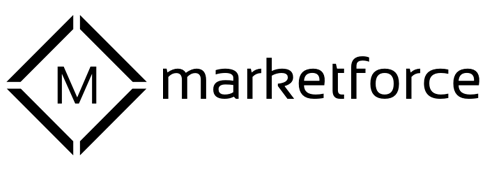Description
What will we do for you?
We will work closely with you and your team to ensure that you understand that committing financial and personal resources to owning and operating a franchise system is a serious undertaking. You will appreciate that the success of the enterprise will depend on how diligent you are at each of the five phases of being in business, namely (a) Deciding on the business, (b) Getting ready for business, (c) Starting the business, (d) Growing the business and (e) Exiting the business.
Our exclusive 26 Point A-Z Business Canvas addresses key building blocks relating to (1) Market relevance, (2) Market Entry (3), Market Makers, (4) Market Potential, (5) Market Product Features, (6) Market Pricing, (7) Market Rivals, (8) Marketing Channels, (9) Market Assets, and (10) Funding & Returns.
Market relevance
A– You obviously know your market. But we need to break it down, and it is important not to tackle too many segments at a time. We narrow them to a maximum of five, you know, the ones that you’ll get the biggest bang for your buck. We give each segment a short title. Something punchy and relevant to the industry. The next step is to define each segment. This requires a brief identification of key products and customers for each segment. At this stage, we don’t bogged down in specifics. We won’t get it 100% right straight away, but we do our best and revisit it later.
B– Once we have defined your key market segments in terms of product and customers, we now identify the pain points in each segment… what are the problems that your business is trying to solve. They must be real and testable. We step back and look at each pain point from your customers’ perspective and evaluate how severe they are and how badly your target market wants the relief you are offering.
C– What are you proposing to relieve the pain being experienced by your target market? Here we need to be specific about each segment. We must make sure the pain relievers are effective, defensible, accessible, and affordable.
Market entry
D– The way you differentiate yourself in the market is crucial. It will determine your ability to carve out market share, grow and sustain that growth by generating brand loyalty. To do this effectively, your differentiators must be nimble and agile so that you can adapt to changes in market forces. Typical ways to differentiate is by way of technology, price, quality, customer service, product, user experience and brand personality. This largely represents you should be your value proposition. To get this right, you must research and test your market properly. We help you do this.
E– We move to understand your differentiators, how do you intend to penetrate each segment to get critical mass in the least amount of time with the least amount of capital and risk.
F– We identify the weapons you possess or could reasonably develop in the short-term to create a barrier to entry for existing and new rivals.
Market makers
G– We assist you to identify the key decision makers in the supply chain. Who do you need to incentivise to create market acceptance and adoption for your complementary or replacement product?
H– What are the main horizontal and vertical activities of each decision maker in context of your value proposition. We identify activities that could enhance your market entry and product appeal.
I– How important is each decision maker to your growth strategy. This could be viewed as a channel risk or a competitive advantage.
Market potential
J– Estimate the market size in AUD$ for each of the segments. This is measured in terms of the value-added revenues generated at a retail level by each segment in Australia.
K- Estimate the annual growth of the industry.
L– Identify the main macro and micro risks to the growth rates for each segment.
Market product features
M– Product features- We carefully identify differentiated features of your lead product for each segment.
N– Product differentiators- We comment on how you can leverage these differentiators in the marketplace.
Market pricing
O– We critically analyse and rank you lead product price point in each segment relative to your rivals.
P– We critically analyse and rank your price elasticity (whether a change in price will result in a proportional change in demand/sales) in each segment relative to your rivals.
Market rivals
Q– We list the main competitive threats in each segment. Rivals could be any market participant that can influence the decision-making process of making product choice.
R– We investigate the known or projected threats to these competitors. Can their impact be mitigated in the short to medium term?
S– What are the threat levels of each threat that you have identified, i.e. What is the likelihood of the threat materialising in the short to medium term?
Marketing channels
T-We identify the primary channel to market for each segment, online, fixed-physical, popups/mobile-physical or omni.
U– We identify the secondary channel to market for each segment, online, fixed-physical, popups/mobile-physical or omni.
V-We establish the reasons for the primary channel choice for each segment.
Market assets
W-We estimate the cumulative target market conversion rate in Year 3 of the commercialisation phase for each market segment.
X-We identify the most valuable intellectual property item that will be created for each segment.
Y-What is the estimated value of each intellectual property item at the end of the third year of commercialisation?
Funding and returns
Z-We estimate the amount and timing of funding (debt and equity) required for each segment to commercialise the project, the equity stake being offered and the projected EBIT.
What is your investment?
Between $4,000 and $8,800 with $2,640 upfront depending on how much research we have to do, your contribution and the complexity of the task.
- 70% when you give us the green light.
- The balance when the work is completed and delivered.





